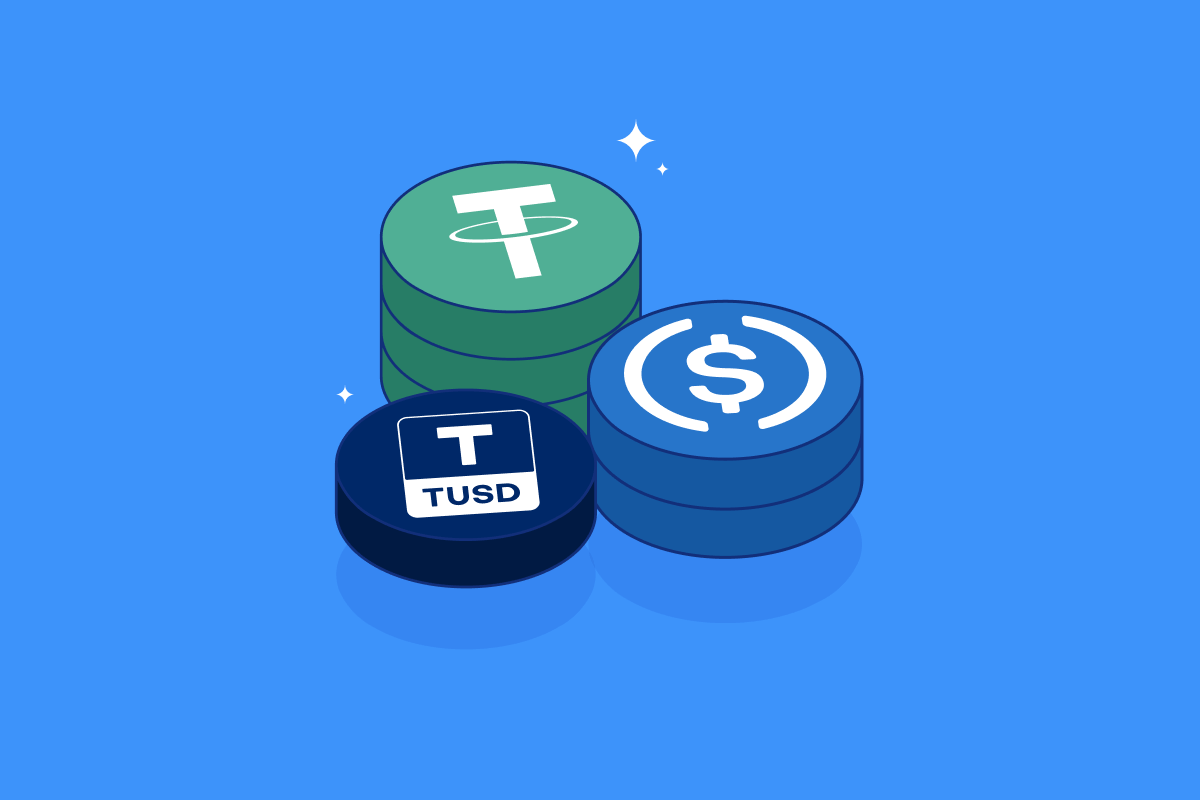Yield Farming
Introduction to Yield Farming
Yield farming is a popular practice in the decentralized finance (DeFi) sector of the cryptocurrency ecosystem. It involves users lending or staking their cryptocurrency assets in return for rewards or interest, commonly represented in a digital currency format. Yield farming has gained traction as a sophisticated method for investors to maximize returns on their cryptocurrency holdings.
How Yield Farming Works
Yield farming revolves around smart contracts on the blockchain. Here’s how it generally works:
- Asset Allocation: Users allocate their crypto assets to liquidity pools or lending platforms.
- Smart Contracts: These assets are governed by smart contracts that determine the terms of lending, interest rates, and reward distribution.
- Liquidity Provision: In return for providing liquidity, users earn interest or tokens as rewards. These rewards can sometimes be further staked or reinvested for additional returns.
- Compounding Returns: A pivotal strategy in yield farming is compounding the earned rewards, thus enhancing the overall yield.
Types of Yield Farming
Yield farming can be broadly categorized into several types, each offering unique mechanisms and incentives:
- Lending Protocols: Platforms like Aave and Compound allow users to lend assets in exchange for interest.
- Liquidity Pools: Automated market makers (AMMs) like Uniswap and SushiSwap reward users for providing liquidity to trading pairs.
- Staking: Users lock up their tokens in a network’s wallet to support various network operations and in return receive rewards.
- Yield Aggregators: Platforms such as Yearn Finance optimize the yield farming process by automatically moving assets to the most lucrative opportunities.
Risks Associated with Yield Farming
Despite its potential for high returns, yield farming comes with several risks that participants must understand:
- Smart Contract Risk: Bugs or vulnerabilities in smart contracts can lead to significant losses.
- Impermanent Loss: Providing liquidity through AMMs can result in impermanent loss, where the value of provided assets declines compared to simply holding them.
- Market Volatility: The value of tokens can fluctuate drastically, potentially diminishing overall returns.
- Platform Security: Centralized exchanges or unproven platforms may pose security risks, including hacks or fraud.
Yield Farming Strategies
Investors may employ several strategies to optimize their yield farming returns:
- Diversification: Spread assets across different pools or platforms to mitigate risk.
- Risk Assessment: Assess the underlying assets and protocols before committing capital.
- Participate in Governance: Many yield farms issue governance tokens, allowing users to shape the platform’s future.
- Stay Informed: Continuously monitor market trends, yield rates, and news related to DeFi and yield farming.
Conclusion
Yield farming represents a compelling avenue for earning passive income in the cryptocurrency space. Its innovative approach to liquidity provision and capital optimization offers both significant rewards and inherent risks. As the DeFi landscape evolves, understanding the complexities of yield farming will be crucial for participants aiming to leverage this decentralized financial model effectively. Embracing knowledge, risk management, and continuous learning can help investors navigate the dynamic world of yield farming successfully.


















